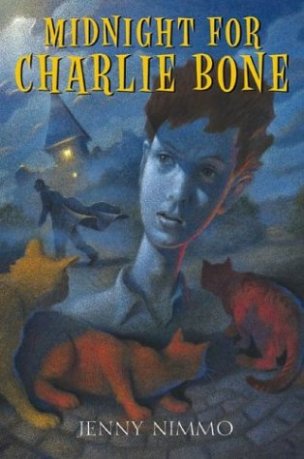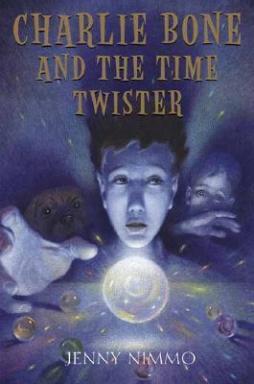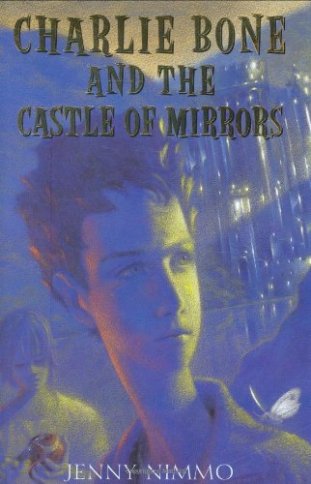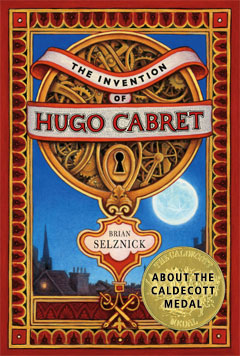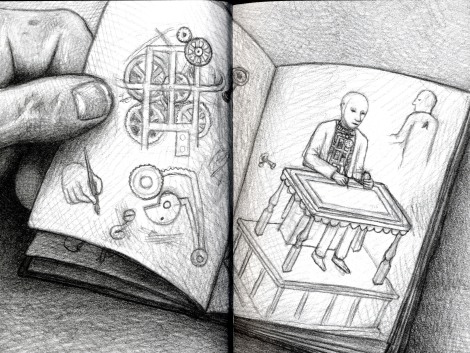So I’m a few books behind in my reviews right now. I would say laziness is the primary factor in this happening, but we could at least call it slightly admirable laziness because I didn’t want to take time to write my blog posts in favor of reading.
A few things have happened since my last post. First and foremost, for those who don’t yet know, I turned eighteen. I’m now completely legal to do just about anything I want, except drink. Not particularly bothered. The only adult right I’ve taken advantage of so far is the right to get a tattoo. Yes, on my eighteenth birthday I, along with my mother and twin sister, went to get a tattoo. I absolutely love it. I also got a kitten, and a Kindle. I’m pretty sure I’ve mentioned my position on eReaders somewhere on this blog before, but I don’t know how to find that post right now, so…
My opinion on eReaders has changed since they were first released. I was, at first, very adamantly against them. I was always entirely in favor of paper. I basically still am, but I’m much more forgiving now of eReaders and people who use them. I’m willing to acknowledge their usefulness, but I still didn’t see myself owning one anytime soon. I was very, very surprised when I opened it! And honestly, Dad, considering I gave you absolutely nothing to go on this year, it was a very thoughtful gift.
Right now my dad and I are using our Kindles to read Haruki Murakami’s IQ84 together! More on that later.
When I was in fourth grade I picked up this book called Midnight for Charlie Bone, about a boy who discovers he can hear voices in photographs and is sent to a special school called Bloor’s Academy where he can learn alongside other children with unique talents. When I was younger I was hooked on the series instantly and quickly purchased all of the books- all of the ones that were released at that point, anyway, which in fact were only the first four. Today the series is complete, and the books total eight. About a month ago I decided that it was absolutely worth my time to reread and finish the series.
Since they are children’s books, I thought I would just review the entire series together rather than spamming my blog with sequels.
Charlie lives at number nine, Filbert Street, with his mother, two grandmothers- Maisie, and Grandma Bone- and his Uncle Paton. Charlie’s father died under mysterious circumstances when he was only two years old. Since his mother, Amy, and her mother, Maisie, had no money, Grandma Bone let them move in with her. It’s unexplained why her brother, Paton Yewbeam, lives with them, but he does own half the house and he tries to keep an eye on Charlie.
It’s a good thing he’s there, too, because Grandma Bone and her malevolent sisters, Lucretia, Eustacia, and Venetia Yewbeam are not thinking of Charlie’s best interest. They’re the ones who send him off to Bloor’s, where the forces of good and evil are in constant struggle. Not every child at Bloor’s is endowed (the term used in the book for having special talents), but the ones who aren’t are extremely skilled at music, art, or drama. There are actually only nine to thirteen endowed students at Bloor’s at any time during the book, and their endowments range from Charlie’s picture traveling, to Manfred’s hypnotism, to Tancred’s stormbringing, to Billy’s communicating with animals. There are telekinetics, illusionists, shapeshifters, drowners, arsonists- and this is only the tip of the iceberg.
Every endowed child is descended from the eponymous Red King, a magician who lived nine hundred years in the past. He had ten children, and when his wife died in childbirth, he left his kingdom to grieve in the forest. When he returned, he discovered that his children had turned against each other. Five wanted to continue their father’s legacy of peace and happiness, and the other five longed for power and destruction. Their descendants carry these feelings in their blood- good or evil are things they’re born with.
With the help of a few friends, both endowed and not, Charlie must fight the evil that lives in Bloor’s Academy and find out what happened to his father all those years ago.
The series is a remarkable adventure saga geared towards children- boys and girls alike- that is exciting and fun. Though it is a classic pitting of good versus evil, and the classifications of good and evil are slightly oversimplified, I consider the works to be enjoyable and thought-provoking. One of the books’ greatest strengths are certainly its cast of characters. Though some play larger roles than others, there are a lot of characters in these books and they’re all so well characterized! The major characters are well-rounded, and they’re children- so they’re not always right or good. Sometimes they do things that are frustrating or stupid, like real children.
Also, as I gave the books to my mom to read after me, we were continuously doubling back to Jenny Nimmo’s descriptions and marveling at her wonderful word sense. In particular, a character is introduced in book seven named Dagbert Endless, who has a power over water, was consistently described with terms most commonly attributed to oceans and streams. As each of her characters are defined in this manner, it creates an ethereal, imperceptible sort of familiarity between the readers and the children.
In the shadow of Harry Potter, this series is underrated- or accused of being a ripoff- but it’s really a great series for adults and children alike. Kids can get into the story, willingly following Charlie through his misadventures are Bloor’s, while adults can appreciate the deeper meaning and the writing that puts many adult novelists to shame. These books are worth every minute you spend reading them (and as I said, they go quick), and every penny you spend putting them on your, or your kid’s, bookshelf.
